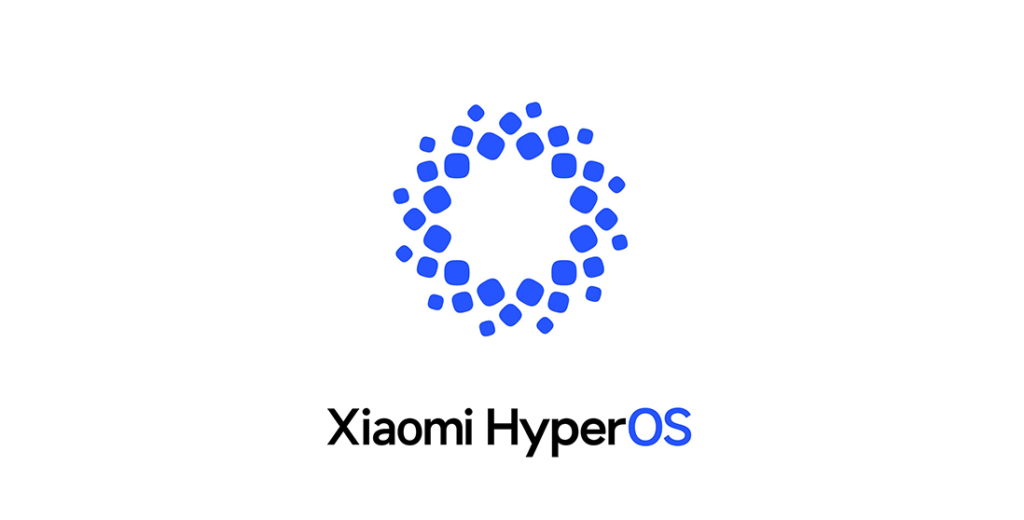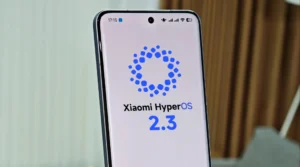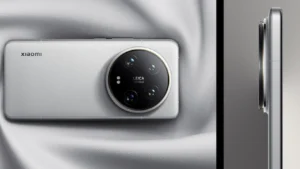Xiaomi’s HyperOS Update: All You Need to Know
Since its deployment began in December, HyperOS has reached a wide variety of Xiaomi smartphones. Contrary to expectations, it’s not just the latest models that have been updated; even older smartphones like the Xiaomi Mi 11 or Xiaomi 11T have transitioned from MIUI to this new layer of customization.

Aesthetic Enhancements
HyperOS introduces a slew of aesthetic improvements. Its interface is now more minimalist and intuitive, with added widgets and a highly customizable lock screen, among other features. Moreover, this new customization layer incorporates new AI-based tools such as Magic Cut.
Improved Performance
Beyond aesthetics, HyperOS offers significantly more stable performance compared to MIUI. Xiaomi’s years of experience have enabled the development of a more optimized, fluid user interface with lower resource consumption. This is a significant departure from MIUI and has already reached a wide range of smartphones.
Updated Xiaomi Smartphones with HyperOS
HyperOS is already present in a wide variety of smartphones. Recent reports confirm its arrival on the Xiaomi Mi 11, a smartphone with over two years in the market, joining numerous others that have already moved away from MIUI.
List of Updated Smartphones
The following Xiaomi smartphones have already been updated to HyperOS or are on the verge of receiving the update:
- Redmi Note 12S (Global)
- Xiaomi 13 (Europe and Global)
- Xiaomi 13 Pro (Europe and Global)
- Xiaomi 11T (Europe and Global)
- POCO F5 5G (Europe and Global)
- Xiaomi 13 Ultra (Europe and Global)
- POCO F5 Pro 5G (Global)
- Redmi Note 12 4G (Global)
- Xiaomi 13T (Global and Europe)
- Redmi Note 12 5G (Europe)
- POCO M5 (Europe and Global)
- Xiaomi Pad 6 (Europe and Global)
- Redmi 12 (Europe and Global)
- Xiaomi 12T Pro (Europe and Global)
- POCO X5 5G (Global)
- Xiaomi 12 Lite (Global)
- Redmi Pad (Europe and Global)
- Xiaomi 12 (Europe)
- Redmi Note 12 Pro 5G (Europe and Global)
- Redmi Note 12 Pro+ 5G (Europe and Global)
- POCO X5 Pro 5G (Europe and Global)
- Redmi 10 5G (Europe and Global)
- POCO M4 5G (Europe and Global)
- Redmi 12C (Europe and Global)
- Xiaomi 12 Pro (Global)
- Redmi Note 11 Pro 4G (Europe and Global)
- Xiaomi 12T (Europe)
- Redmi Pad SE (Europe and Global)
- POCO F4 GT (Europe and Global)
- Xiaomi 11 Lite 5G NE (Europe)
- Redmi Note 11 4G (Global)
- Redmi Note 11 NFC (Global)
- Redmi Note 11S (Europe and Global)
- Redmi Note 13 Pro 5G (Europe and Global)
- Redmi Note 13 Pro+ 5G (Global)
- POCO X6 5G (Europe and Global)
- Xiaomi Pad 5 (Global)
- Redmi Note 13 (Global)
- Redmi Note 13 5G (Europe and Global)
- POCO X4 Pro 5G (Global)
- Xiaomi 13 Lite (Europe and Global)
- Redmi 13C (Europe and Global)
- Redmi Note 13 Pro 4G (Europe and Global)
- POCO M6 Pro (Europe and Global)
- Xiaomi 13T Pro (Europe and Global)
- Xiaomi Mi 11 (Europe)
- POCO F3 5G (Europe and Global)
- Xiaomi Mi 10 (Europe)
If your Xiaomi device is listed and you haven’t received the HyperOS update yet, we recommend following this advice to force the update. Additionally, you can also manually install HyperOS on your Xiaomi by following these steps.
Keyword: Xiaomi HyperOS Update
Description: Learn all about Xiaomi’s HyperOS update, covering aesthetic enhancements, improved performance, and a list of updated smartphones.
Tags: Xiaomi, HyperOS, MIUI, Smartphone, Update, Technology, AI, Performance Optimization, User Interface, Installation









1 thought on “Xiaomi’s HyperOS Update: All You Need to Know”